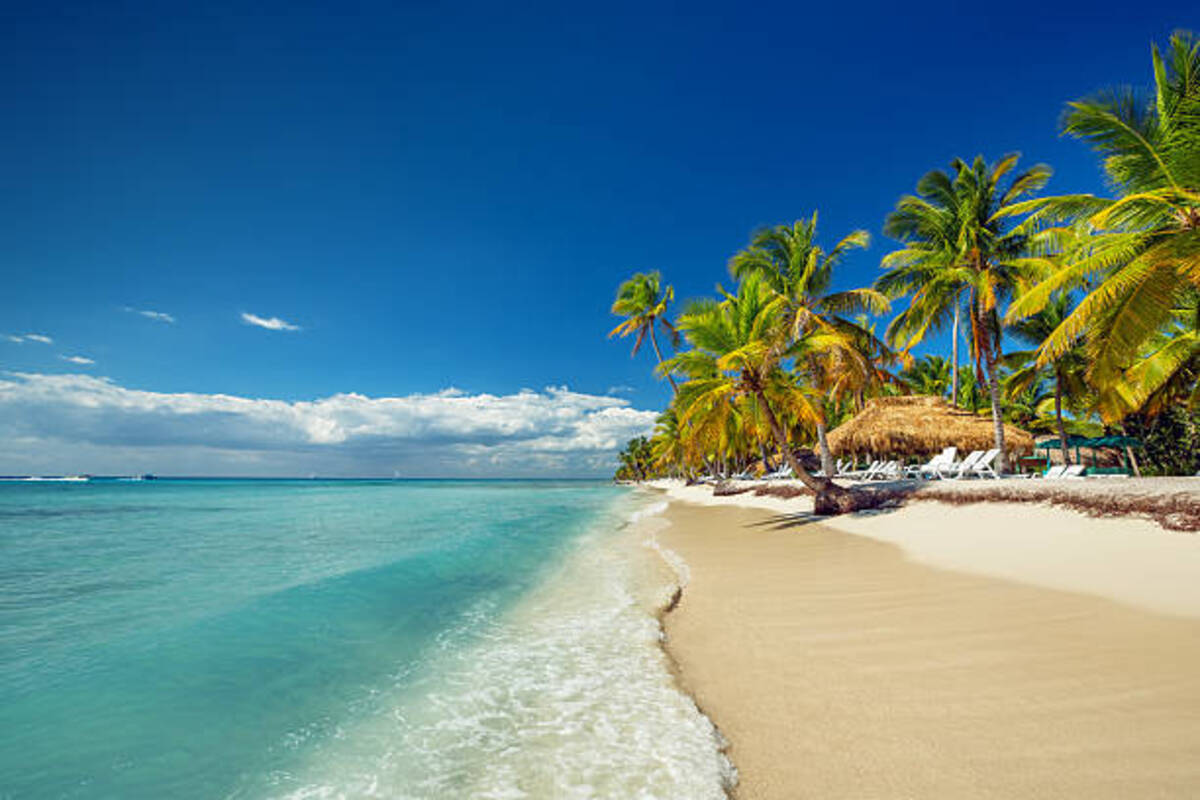The Caribbean Sea is a true jewel of the planet, admired for its beauty, natural wealth, and rich history. Its waters wash the shores of dozens of countries and islands, which are important tourist and economic centers. For centuries, the sea has attracted explorers, sailors, and travelers because it hides many secrets and legends. Fascinating facts about the Caribbean Sea reveal its importance for culture, economy, and the global ecosystem. You might not know that the Caribbean Sea played a crucial role in the development of transatlantic trade and cultural connections between continents.
- The Caribbean Sea covers an area of more than 2.7 million square kilometers. It is one of the largest seas in the world. Its vast size highlights its importance in global navigation and economy.
- The maximum depth of the Caribbean Sea exceeds 7,600 meters in the Cayman Trench. It is one of the deepest points of the World Ocean. The unique seabed topography creates conditions for diverse marine ecosystems.
- The sea contains more than 7,000 islands, reefs, and small coral formations. Among the most famous are Cuba, Jamaica, Puerto Rico, Haiti, and the Bahamas. These territories form the Caribbean Basin, which shares a common history and cultural traditions.
- The Caribbean Sea is renowned for its exceptional clarity. In some areas, underwater visibility reaches up to 60 meters. This makes it one of the best places in the world for diving and snorkeling.
- Within its waters lies the Belize Barrier Reef, stretching more than 300 kilometers. It is the second largest coral reef in the world after the Great Barrier Reef in Australia. It is listed as a UNESCO World Heritage Site.
- The biodiversity of the Caribbean Sea is remarkable. More than 12,000 species of marine organisms live here. These include sea turtles, sharks, barracudas, and many exotic fish.
- The temperature of the Caribbean Sea remains stable throughout the year, ranging between 25 and 28 degrees Celsius. This creates ideal conditions for tourism. That is why millions of travelers visit the region each year.
- The Caribbean Sea plays a significant role in the formation of hurricanes. Tropical cyclones originate in its warm waters and often cause destruction along the coasts of the United States and Caribbean nations. These natural phenomena strongly affect the economy and daily life of the region.
- In the seventeenth and eighteenth centuries, the Caribbean Sea was the stage for pirate adventures. Famous corsairs attacked Spanish ships carrying gold and silver. This era became the foundation for many legends and literary works.
- The Caribbean Sea was a key route for trade between Europe and the Americas. Transatlantic commerce developed here, including the transportation of gold, spices, and slaves. This made the region a strategic hub of colonial policy.
- The waters of the Caribbean Sea have a unique turquoise color. This shade is the result of a combination of sunlight, coral reefs, and shallow waters. It has become a symbol of tropical vacations.
- Hundreds of sunken ships can be found in the Caribbean Sea. Among them are pirate vessels and Spanish galleons that carried treasures. This makes the sea a true treasure trove for archaeologists and underwater explorers.
- Many of the Caribbean islands are of volcanic origin. Some, like Montserrat and Saint Lucia, still have active volcanoes. This gives the region unique geological features.
- The Caribbean region is the birthplace of many musical genres. Reggae, ska, salsa, merengue, and calypso all originated here. They have spread worldwide and become part of global culture.
- The Caribbean Sea influences the climate of neighboring countries. Its warm waters generate humid winds that bring abundant rainfall to coastal areas. This is an essential factor for agriculture in the region.
- Tourism is the main source of income for many island nations of the Caribbean Basin. Every year, tens of millions of travelers visit the region. This makes the Caribbean Sea one of the most popular tourist destinations in the world.
- The region is home to numerous national parks and reserves. They protect mangrove forests, coral reefs, and rare species of animals. This ensures the preservation of natural heritage for future generations.
- The Panama Canal, opened in 1914, connected the Caribbean Sea with the Pacific Ocean. It was one of humanity’s greatest engineering achievements. Thanks to this, the region gained even greater strategic importance.
Incredible facts about the Caribbean Sea show that it is not only a vacation destination but also a center of global history, culture, and nature. Fascinating facts help us understand why the region attracts such attention from tourists and researchers. You might not know that the Caribbean Sea still remains one of the most important crossroads where tradition, nature, and modernity meet.





